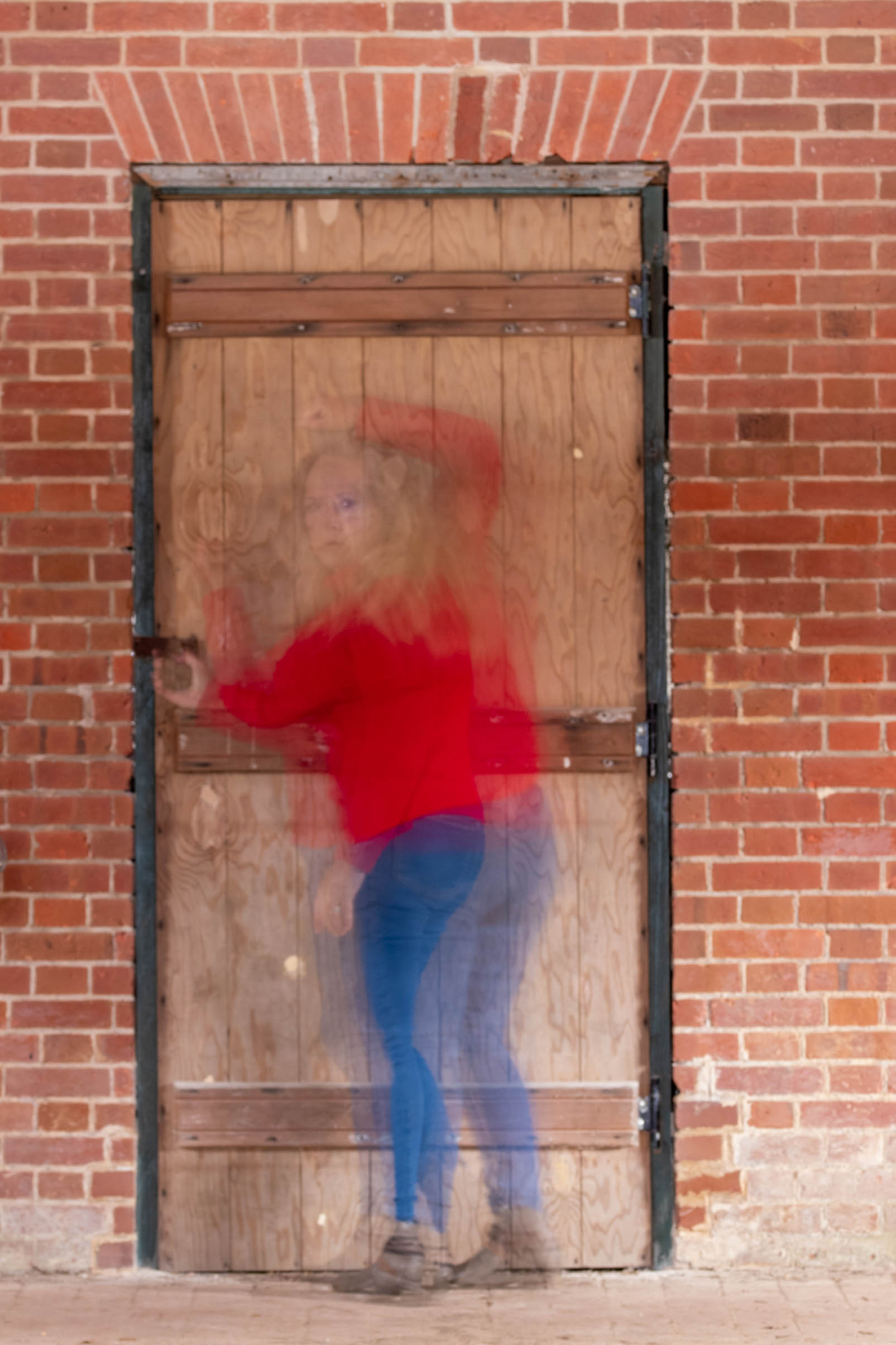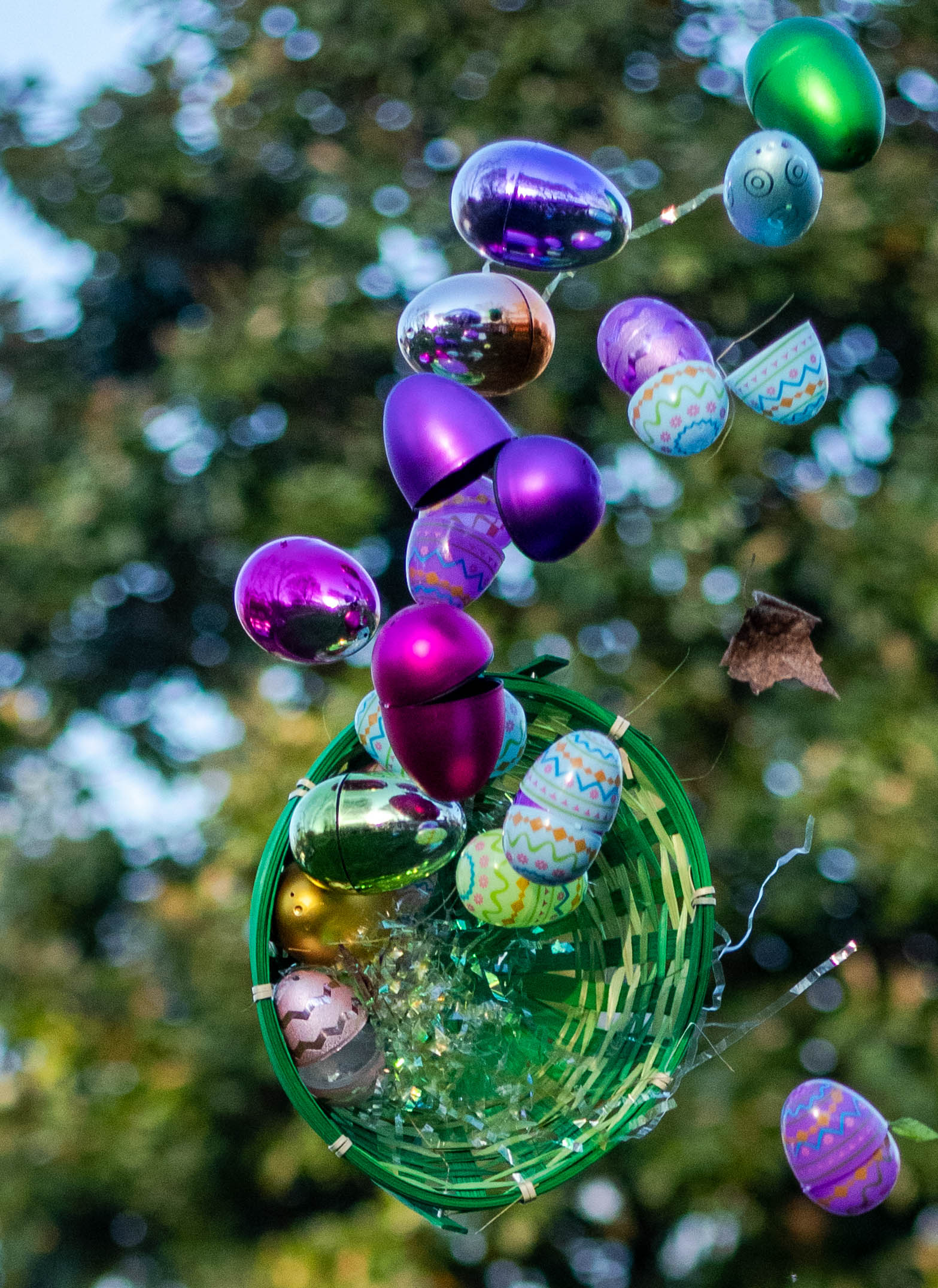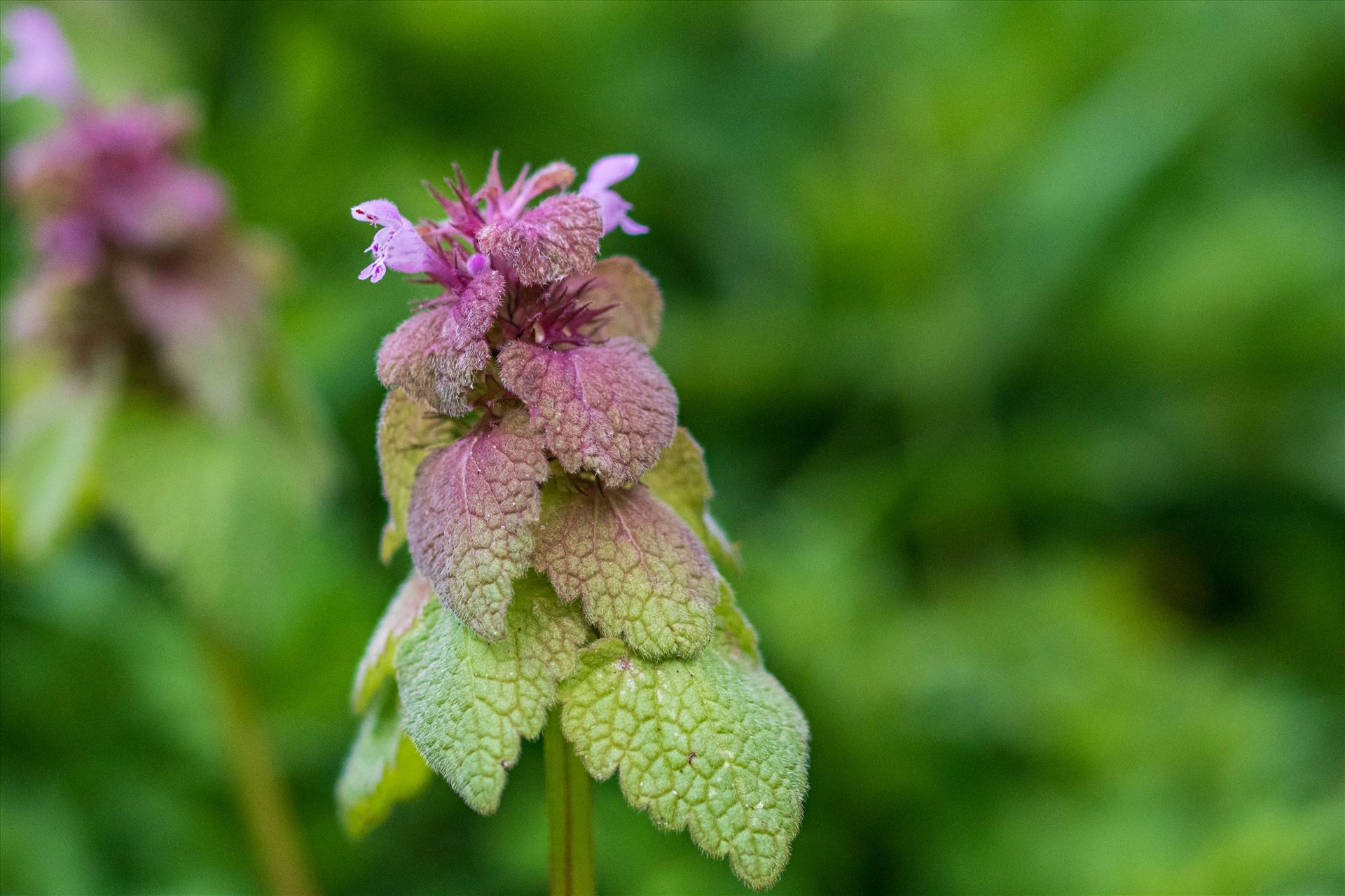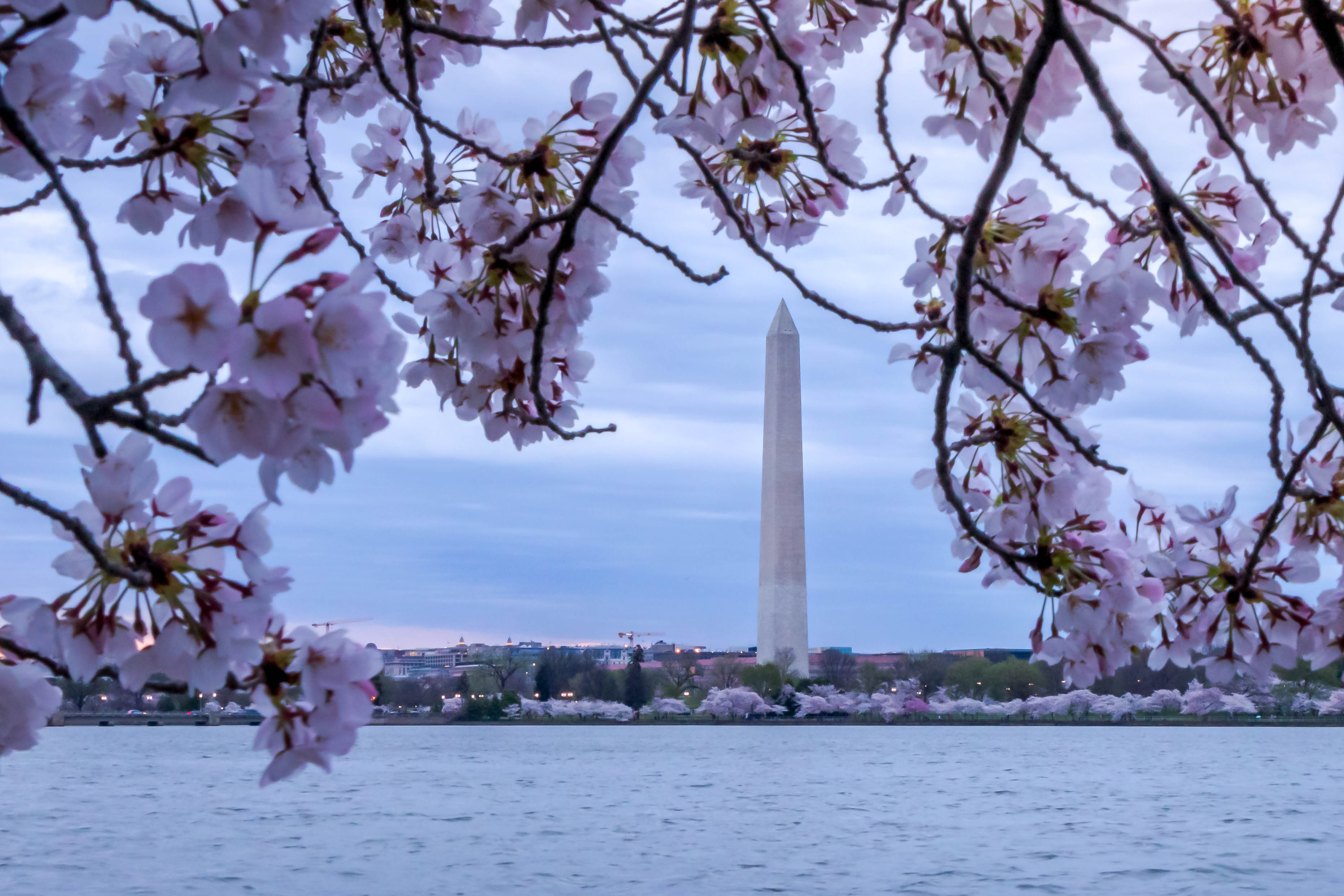Understanding the Principles of the Triangle
As discussed in earlier blogs, Photography is the act of capturing light. Depending on if you are using a film camera or a digital on will depend on where that light is captured either film or a digital sensor usually. There are some alternative methods which we will discuss later in other blogs of capturing light. The Exposure Triangle is the building blocks on how that light is captured and what the light does on the final image. The triangle consists of Shutter Speed, Aperture and ISO. All 3 elements are critical parts of the final image.
Shutter Speed
Shutter speed is a very important part of taking a photograph. Shutter speed has two primary jobs in the end result of an image; changing the brightness (allowing more or less light) of an image and the dramatic effect or in some cases mistake by blurring motion or freezing motion.
1/8 1/15 1/30 1/60 1/125 1/250 1/500 1/1000
SLOWER >>>>>>>>>>>>>>>>>>>>>>>>>>>>>>>>>>>>>>>>>>>>>>>>>>>>>>>>>>>>>>>>>>>>>>>>> FAST
DARKER <<<<<<<<<<<<<<<<<<<<<<<<<<<<<<<<<<<<<<<<<<<<<<<<<<<<<<<<<<<<<<<<<<<<<<BRIGHTER

This image is taken with a slow shutter also known as a long exposure. The decision to use a long exposure was a creative choice. Everything that is still is in focus and crisp, while anything that moves is ghostly blurred.
The settings were:
ISO: 400
Aperture (or f stop) f/8.0
SHUTTER: 6.0 seconds

This image was taken with a fast shutter. By using a fast shutter speed the photographer was able to freeze the flying plastic Easter Eggs while keeping the focus crisp and sharp. We will discuss the blurred background when we approach Aperture.
Settings:
ISO: 400
Aperture (f stop): 2.8
SHUTTER: 1/2500
APERTURE (F STOP)
Aperture is probably the most important part of the triangle. Aperture can be defined as the opening that light passes through an optical or photographic instrument. The F stop or aperture determines the amount of light based on the size of the opening. Think of it like the pupil of your eye, as you pass through dark to light images your pupil shrinks and if you then go from bright to dark your pupil expands. The aperture blades of a camera should be small when you want less light and opened wide when you need more light.


Aperture can also add layers or dimension to your image by controlling the depth of field. When you shoot "wide open" as I did in this photograph you blur the background to differnt degrees while bringing the subject out with a crisp focus in contrast. This technique is used in Portrait work.
Settings:
ISO: 400
Shutter Speed: 4000
APERTURE: f/3.2
 If you take it to the other end of the aperture, such as f/16 or f/22 you will obtain very crisp images. You can see in the photograph to the left that the image is in focus from the foreground to the background. Ansel Adams shot his beautiful landscapes in f/64 on large format cameras which explains his crisp detailed images.
If you take it to the other end of the aperture, such as f/16 or f/22 you will obtain very crisp images. You can see in the photograph to the left that the image is in focus from the foreground to the background. Ansel Adams shot his beautiful landscapes in f/64 on large format cameras which explains his crisp detailed images.
Settings:
ISO: 800
Shutter Speed: 1/10
APERTURE: f/16
ISO is the last variable in the Exposure Triangle. ISO is simply a camera setting that will brighten or darken a photo. As you increase your ISO number, your photos will grow progressively brighter. For that reason, ISO can help you capture images in darker environments, or be more flexible about your aperture and shutter speed settings. however, using your ISO to allow more light in your images has a price, you will get noise in your image. So photographers use that noise to enhance the story, while others know their camera and how high they can push their ISO before the grain is too apparent. I am one of those. I normally do not shoot higher than an ISO of 800. Unfortunately, sometimes I have to go higher, but am never happy with the result. I will shoot some side by side examples to share and we dive deeper in to each aspect of the Exposure Triangle.
If you have any questions, please feel free to comment below or reach out by clicking the contact me button.
I leave you with a couple of questions,:
- Do you shoot in Manual Mode?
- What is your go to Aperture for landscapes?
- What is your favorite Aperture for Portraits
Contact Me